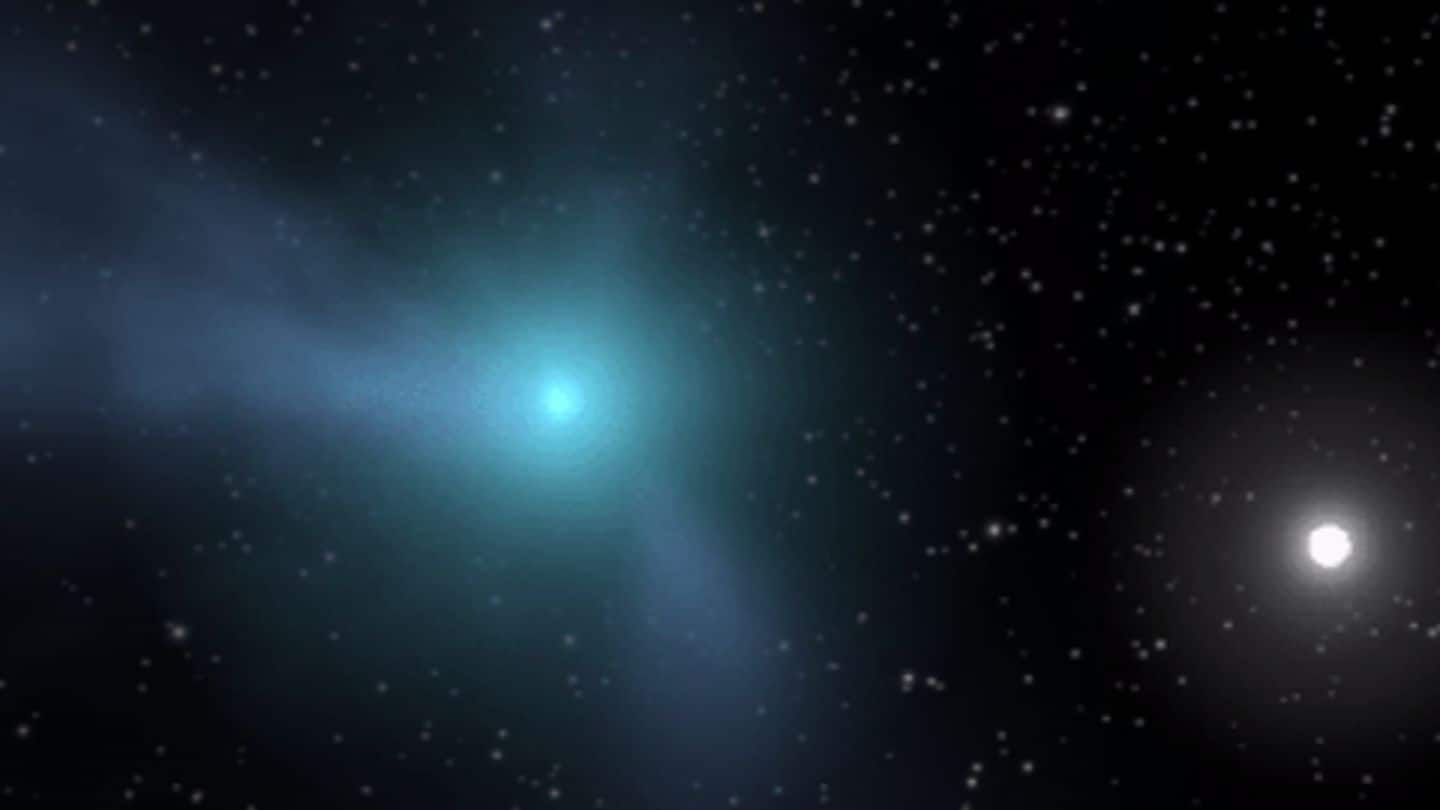
Second interstellar object ever observed captured in photos: Details here
What's the story
A couple of weeks ago, an amateur astronomer discovered what looked like the second-ever interstellar object passing through our Solar System. The discovery shook astronomers around the world and was tentatively confirmed by the Minor Planet Center at the Center for Astrophysics. Now, as scientists continue to plot the movement of the object, we have got its first photograph. Let's take a look.
Interstellar objects
First, what makes this object an interstellar visitor?
Interstellar visitors are space objects that enter our Solar System from a different cosmic neighborhood and pass through it, without getting trapped around the sun. The first interstellar object ever observed was Oumuamua, a weird cigar-shaped rock spotted in 2017, and the second one now appears to be Comet C/2019 Q4 (Borisov), which is the provisional name given to the newly-discovered object.
Origins
C/2019 Q4 (Borisov) looks more like a comet
Though details are scant at this stage, the first-ever photograph of this object as well as other observational data seem to indicate that this one is a comet. Specifically, its color, spectrum-based chemical composition, and fuzzy coma and tail look similar to long-period comets that originate in the Oort Cloud of the Solar System. To note, Oumuamua didn't display these properties.
Information
Who captured this photograph?
The shot was produced by the astronomers operating the Gemini Multi-Object Spectrograph instrument at the Gemini North Telescope in Hawaii. They noted it appears low in the sky before sunrise due to being close to the Sun and took the photograph at around 5:00 am.
Journey
Currently, it is moving into the solar system
Oumuamua was spotted during its outward journey, but this particular object has been seen while moving inwards. So far, its orbit appears hyperbolic, which indicates it won't be affected by the Solar System's gravity - unlike Sun-circling objects with elliptical orbits - and continue to move on its path. It is expected to reach close to the Sun in December and move outward later.
Information
Origin, other details likely to be revealed in coming months
As C/2019 Q4 (Borisov) passes the Sun and begins its outward journey, scientists will aim their telescopes and gather more data on it. This way, we'd be getting photos revealing the look of the object, which is said to be between 2 and 16 km in diameter, as well as trajectory data which might give us more insight into the origin of the object.